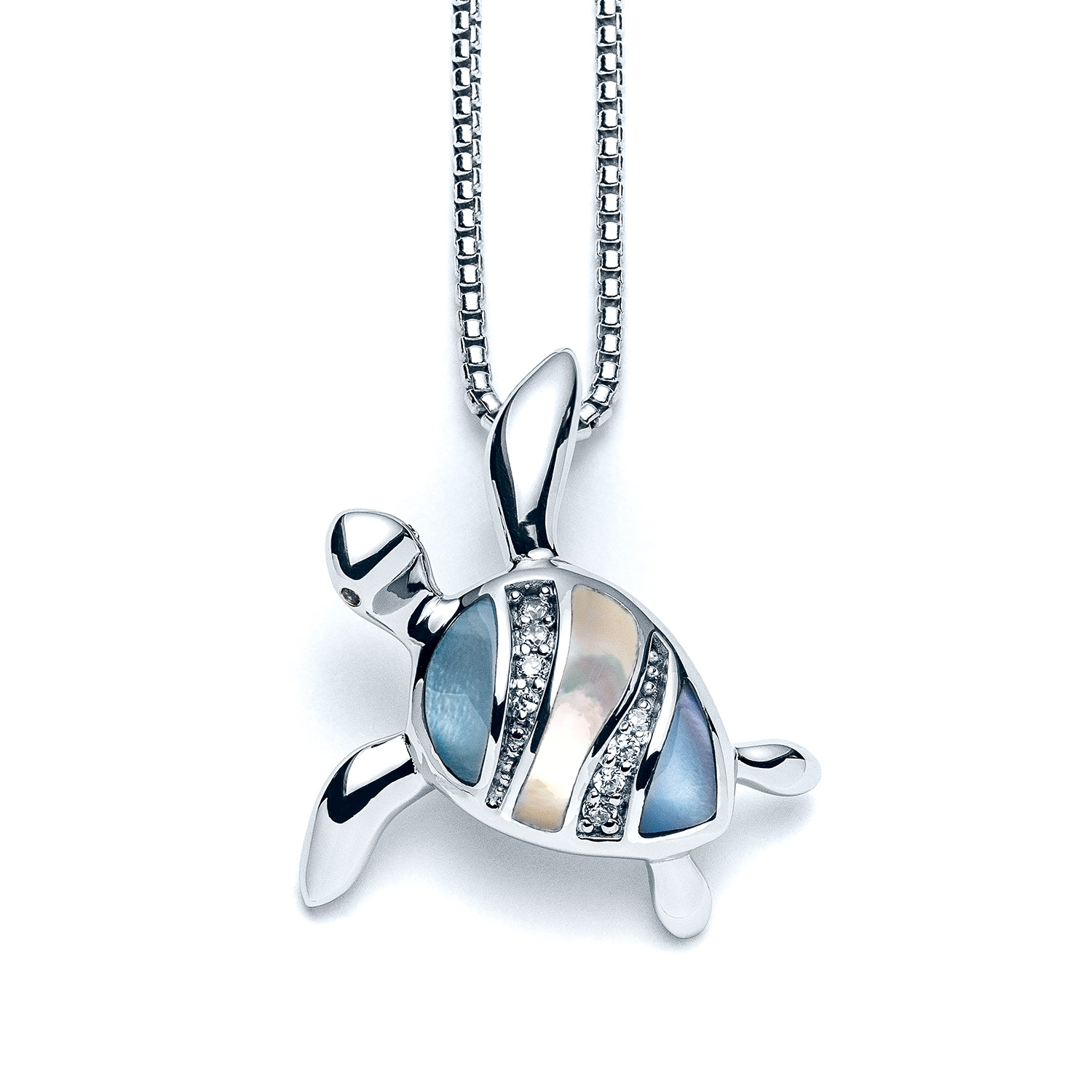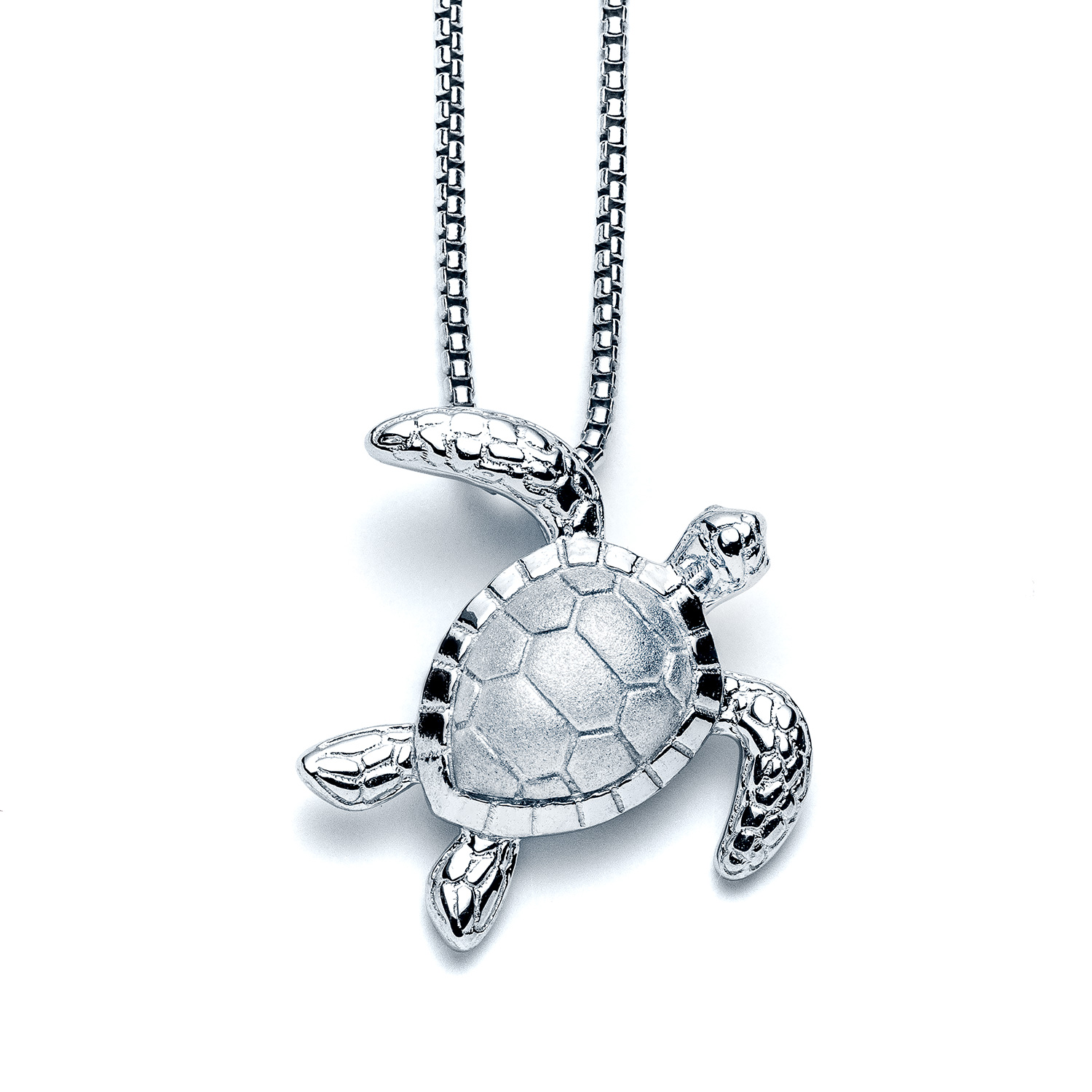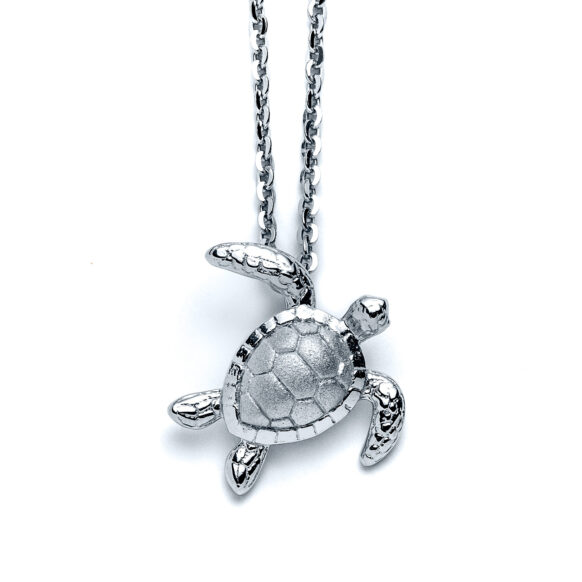
Woven Wisdom: The Enduring Symbolism of Turtle Island in Jewelry Designs
Jewelry, in its myriad forms, is more than mere adornment; it is a profound language, a tangible connection to identity, history, and belief. For the Indigenous peoples of North America, often referred to as Turtle Island, this language is exceptionally rich, imbued with millennia of spiritual understanding, cultural narratives, and an unbreakable bond with the land. The designs etched, beaded, carved, and cast into jewelry pieces are not arbitrary aesthetics; they are living symbols, carriers of ancient wisdom, and testaments to resilience, echoing the very creation stories that form the bedrock of Indigenous worldviews.
The concept of Turtle Island itself is a powerful genesis. Across numerous Indigenous nations, from the Haudenosaunee (Iroquois) in the east to the Anishinaabe in the Great Lakes region and beyond, creation myths recount how the world was formed on the back of a giant turtle. In these narratives, a Sky Woman falls from the heavens, and various animals rally to bring up soil from the depths of the primordial waters, placing it on the turtle’s back to create the landmass that would become North America. This foundational story imbues the turtle with immense spiritual significance: it is the steadfast bearer of the world, symbolizing longevity, stability, wisdom, and the very foundation of life.
It is no surprise, then, that the turtle is one of the most pervasive and cherished symbols in Indigenous jewelry. From intricate beadwork adorning ceremonial regalia to silver pendants worn daily, the turtle motif is a constant reminder of creation, interconnectedness, and protection. A turtle shell, often depicted with thirteen segments, can represent the thirteen cycles of the moon in a year, linking the earth-bearer to celestial rhythms and the passage of time. Wearers of turtle-inspired jewelry carry a piece of this ancient narrative, a personal affirmation of their roots and the enduring spirit of their ancestors.
Beyond the iconic turtle, the diverse ecosystems of Turtle Island have inspired a vast pantheon of animal, plant, and celestial symbols, each carrying specific meanings and cultural weight. Animals, revered as teachers and spirit guides, frequently appear in jewelry, reflecting the profound respect Indigenous cultures hold for the natural world.
The Eagle, soaring highest among creatures, symbolizes unparalleled vision, spiritual connection, and leadership. It is often seen as a messenger between the physical and spiritual realms, a carrier of prayers to the Creator. Jewelry featuring eagles or eagle feathers signifies courage, wisdom, and a connection to the sacred. The Bear, with its strength and healing properties, represents courage, protection, and a deep knowledge of the earth’s medicines. Bear claws, or stylized bear figures, are worn for power and fortitude. The Wolf, known for its strong family bonds and keen instincts, symbolizes loyalty, community, and guidance, often serving as a teacher.

In the Pacific Northwest, the Raven holds a prominent, multifaceted role as a trickster, creator, and bringer of light and knowledge. Its depictions in carved silver, argillite, or cedar jewelry are complex and dynamic, reflecting its profound narrative presence in Tlingit, Haida, and other coastal nations’ stories. The Salmon, vital to the sustenance of many Indigenous communities, particularly along the coasts and rivers, represents abundance, prosperity, and perseverance, a symbol of life’s continuous cycle. The Thunderbird, a mythical creature of immense power, is often depicted as a giant eagle or hawk, bringing storms and acting as a protector or an agent of change. Its image on jewelry signifies strength, power, and transformation.
Beyond the animal kingdom, elements of the natural world and celestial bodies also find their way into jewelry designs, conveying deep cosmological understandings. The Four Directions (North, East, South, West) are frequently represented by cross or medicine wheel motifs, symbolizing balance, wholeness, and the interconnectedness of all life. Each direction often carries associations with specific colors, animals, or elements, reflecting a comprehensive worldview. The Sun and Moon, Grandfather Sun and Grandmother Moon, are revered as life-givers and spiritual guides, their presence in jewelry designs signifying light, warmth, cycles, and intuition. Stars and constellations, too, appear, connecting the wearer to the vastness of the cosmos and the ancient knowledge embedded in the night sky.
Plants, particularly those central to Indigenous lifeways, also offer potent symbolism. The Three Sisters – corn, beans, and squash – cultivated together in a symbiotic relationship, represent sustenance, community, and the harmony found in interdependence. Tobacco, cedar, and sage, sacred plants used in ceremonies for prayer, purification, and healing, are often stylized or referenced in designs, particularly in beadwork and quillwork, carrying their spiritual significance.
The materials and techniques employed in creating these pieces are as integral to their meaning as the designs themselves. Silver, particularly in the Southwest, where Navajo, Zuni, and Hopi silversmiths are renowned, is cherished for its malleability and its ability to reflect light, often seen as a sacred metal. Paired with turquoise, a stone prized for its vibrant blue-green hues, symbolizing sky, water, and healing, it creates powerful pieces that evoke the arid yet spiritually rich landscapes of the region. The specific cuts and settings of turquoise, often complemented by coral or jet, communicate tribal identities and artistic traditions.
Wampum, made from quahog and whelk shells, was traditionally used by Northeastern nations like the Haudenosaunee and Lenape for currency, diplomacy, and recording history. Belts of wampum are not just decorative; they are living documents, each bead and pattern holding specific meaning in treaties, agreements, and oral histories. While full wampum belts are rare and highly significant, individual wampum beads or stylized patterns can be incorporated into contemporary jewelry, carrying that profound historical and diplomatic weight.
Beadwork, a vibrant art form across Turtle Island, transforms tiny glass beads into intricate tapestries of color and symbol. From the floral motifs of the Great Lakes Anishinaabe to the geometric patterns of the Plains nations, beadwork tells stories, marks status, and expresses individual and collective identity. Similarly, quillwork, the painstaking art of flattening and sewing porcupine quills onto leather or birch bark, creates stunning textural designs with ancient roots, each quill imbued with the spirit of the animal and the artisan’s dedication.
In the contemporary context, Indigenous jewelry designs from Turtle Island are experiencing a powerful renaissance. Artists are not merely replicating traditional patterns; they are innovating, blending ancient techniques with modern aesthetics, and using their art to assert cultural identity, reclaim narratives, and educate the wider world. This revitalization is crucial for cultural continuity, ensuring that these stories and symbols continue to thrive and evolve. Ethical sourcing of materials, respecting intellectual property, and supporting Indigenous artists directly are paramount in ensuring this continuity is honored.
The significance of Turtle Island symbolism in jewelry designs extends far beyond mere aesthetic appeal. Each piece is a microcosm of a worldview that honors the earth, respects all living beings, and acknowledges the deep interconnectedness of existence. Wearing such jewelry is an act of carrying history, celebrating culture, and affirming identity. It is a daily reminder of the wisdom passed down through generations, a testament to the enduring spirit of Indigenous peoples, and a vibrant declaration that the stories of Turtle Island continue to be told, seen, and cherished. In a world increasingly disconnected from its roots, these designs offer a powerful and beautiful pathway back to the fundamental truths of land, spirit, and resilience. They are not just adornments; they are wearable prayers, powerful narratives, and enduring echoes of creation.


